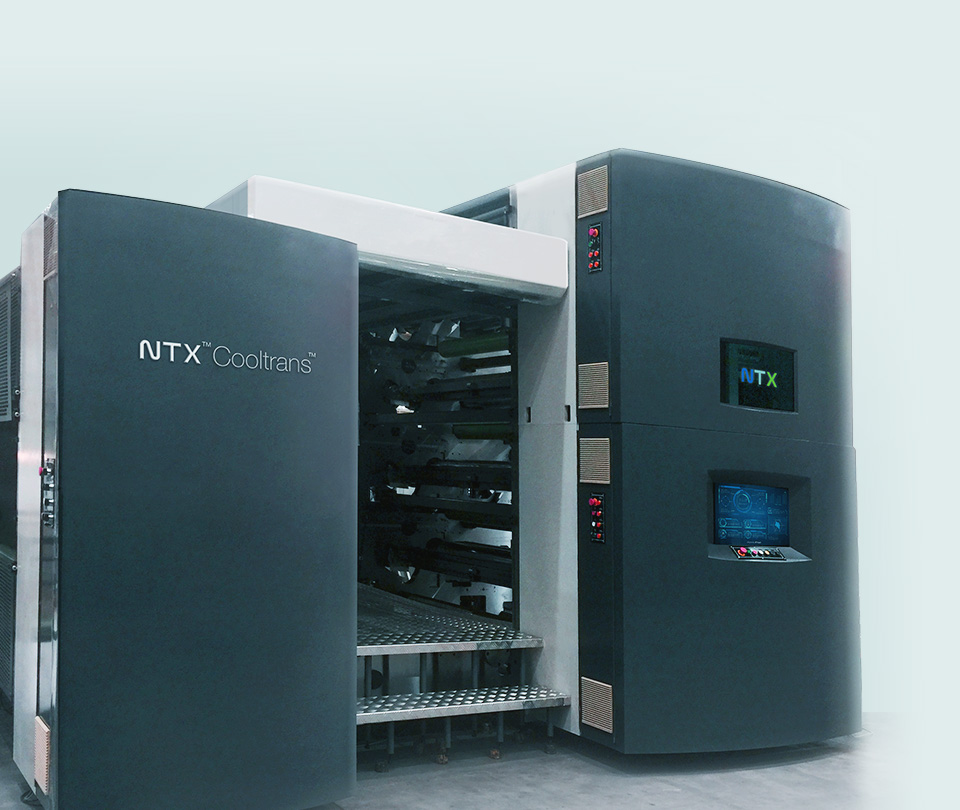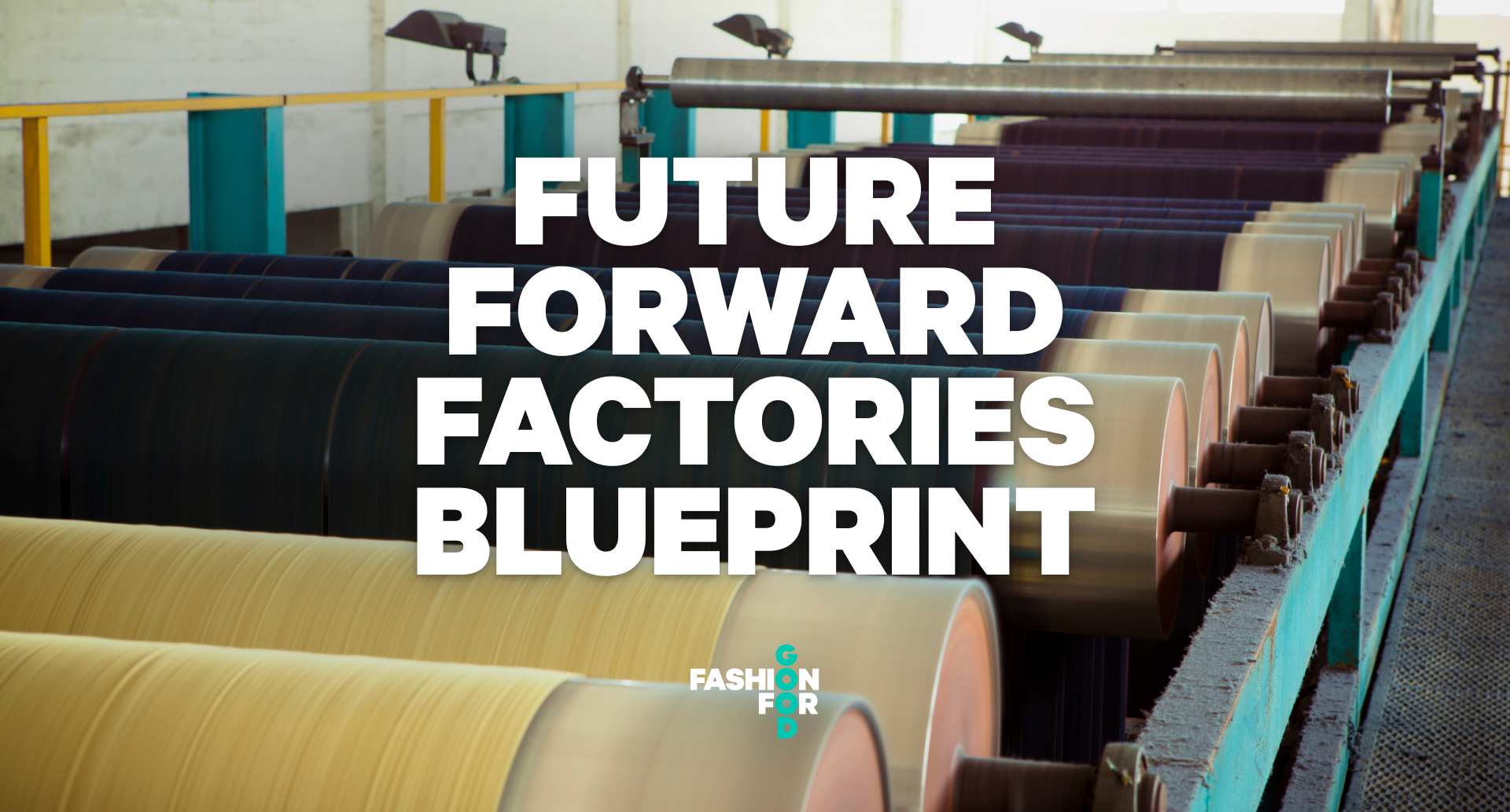Transparency & Traceability
Transparency and traceability is the process of making information available to understand how fibres and materials were sourced, processed and produced through the supply chain. Improving the transparency of suppliers, and the traceability of sourced materials, is essential to enable more sustainable decision making. It is an enabling factor to help reduce the negative environmental and social impacts of the textile supply chain.
Projects

What Happens Next? Your T-Shirt's Journey Through Repair, Resale, and Recycling

The Intelligent Factory: How AI and Digital Innovation are Tackling Textile Waste

Journey to Scale: TextileGenesis™

Journey to Scale: NTX

Journey to Scale: Oritain

Journey to Scale: TrusTrace

Pioneering EU funded T-REX Project Celebrates Completion and Reveals Blueprint for Scaling Textile-to-Textile Recycling in Europe

In Conversation with Made2Flow: Gathering healthy impact data across the supply chain
Innovators

Satma CE
Satma CE is a web based software that uses blockchain optionally to offer traceability across the waste-to-worth supply chain, including collection, segregation, recycling and processing.

Vaayu
Vaayu is the world’s first automated carbon-tracking software for retailers, enabling businesses to reduce their footprint by providing accessible, real-time data to drive carbon-reduction at scale. By integrating with point-of-sale systems, such as Shopify, and leveraging proprietary AI and machine learning technology, Vaayu draws insights from production, sales and logistics to deliver a tangible solution in the fight against climate change and a more sustainable future for retail.

Made2Flow
Founded in 2019, Made2Flow is a data-driven impact measurement and decarbonisation platform focused on gathering, validating, and analysing supply chain data. It provides brands with transparency on environmental metrics, enabling informed decisions to reduce their carbon footprint.

TextileGenesis
Founded in 2018, TextileGenesis™ provides a Software as a Service (SaaS) platform that enables fashion brands and textile manufacturers to ensure reliable, secure, and fully digital traceability of their textiles, from fibre to consumer. By offering fibre-forward traceability for responsible and certified materials and a supply chain discovery approach for conventional ones, the platform helps to guarantee the authenticity and origins of materials across the textile, leather, and footwear industries.

MonoChain
MonoChain have developed a method for fashion companies to connect an individual physical item with a digital twin, based on blockchain, using a low-energy, sustainable form of non-fungible token (NFT). This resolves the problem of deceptive counterfeits, we are exploring the potential for providing fashion consumers with ways to get more value and enjoyment from their wardrobe.

circular.fashion
circular.fashion develops services and software for circular design, reuse and closed loop recycling to enable a transparent flow of information between material suppliers, fashion brands, consumers and recyclers. This ensures future reuse, reselling and recycling at the highest possible level of sustainability.

Haelixa
Haelixa offers a DNA-based traceability solution that enables brands to mitigate supply chain risks and secure brand trust. By applying unique DNA markers directly to raw materials, Haelixa ensures full traceability from fibre to finished garments. The certificates seamlessly integrate with all digital traceability platforms, enabling brands to adopt the solution with ease.

Credibl
Credibl is a leading end-to-end track and trace solution using blockchain, AI and Cloud Computing to help brands and manufacturers to digitise sustainability practices. Through real-time data, efficiency and storytelling, they bridge the fragmented gaps between the different sustainability systems of farmers, manufacturers and brands.
Latest

Breaking The Decarbonisation Deadlock: Fashion for Good Unveils First-of-its-kind Blueprint For Near-net-zero Textile Manufacturing

The Fashion Innovation Overview 2025

From Premiums To Parity: How Fashion for Good Is Rewriting the Economics of New Materials

